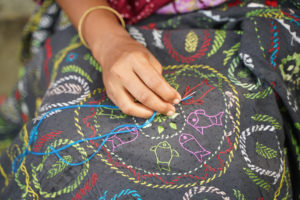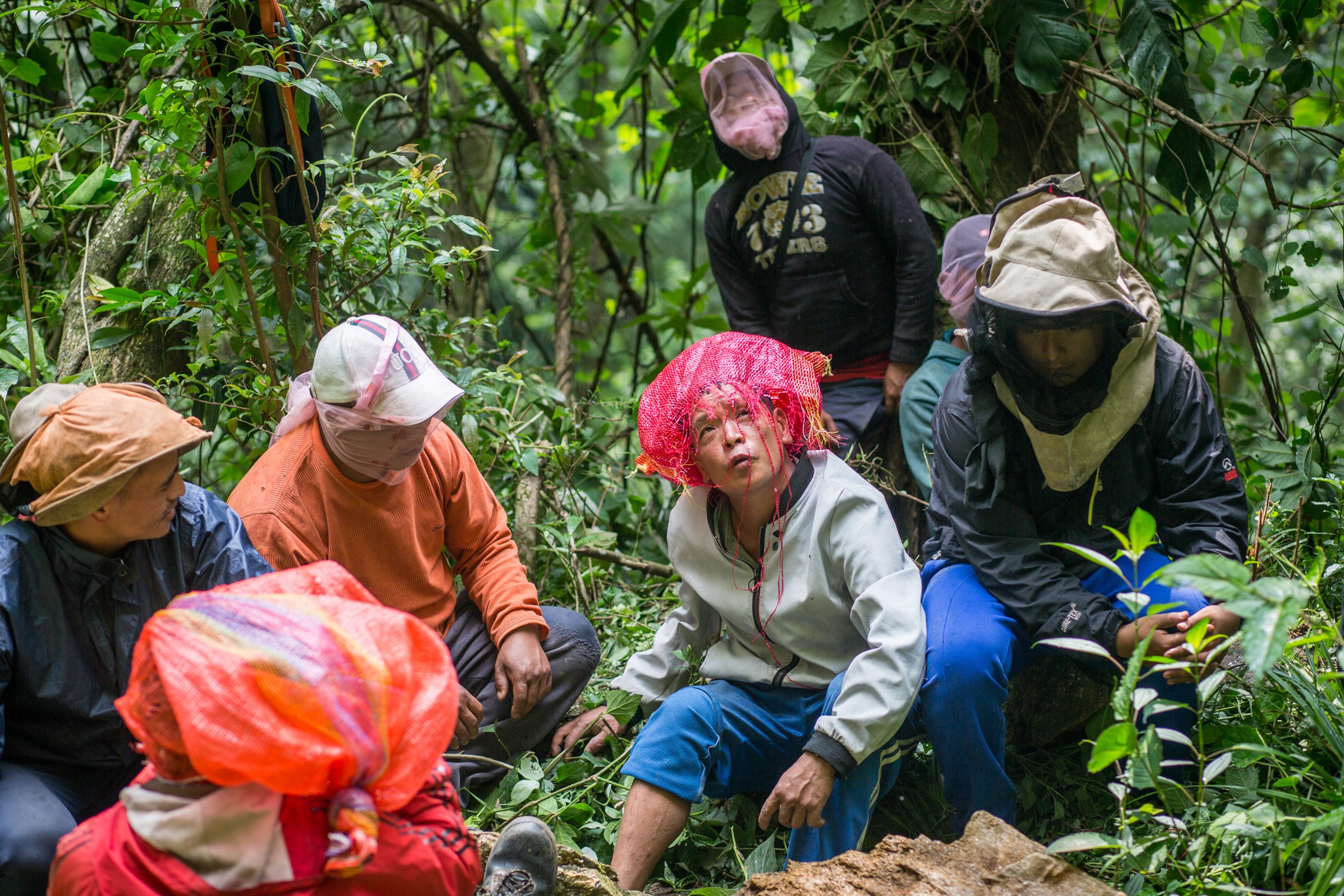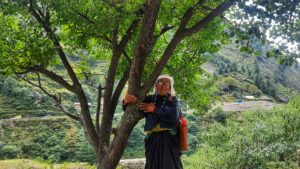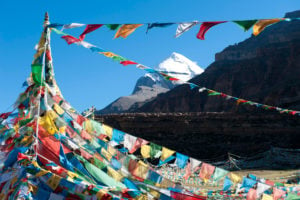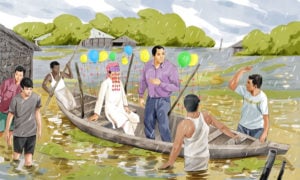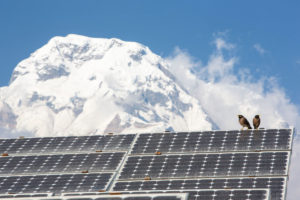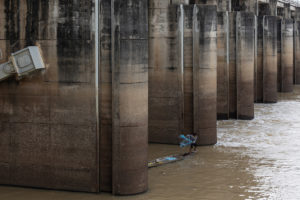From the foothills of the Himalayas to the islands of the Jamuna River, cultural traditions are being impacted by climate change. As the region warms, natural rhythms and constants that have held for millennia are being destabilised, and so too the cultures that have grown and blossomed in tandem. Despite representing a substantial share of irreversible non-economic loss and damage, the impact of climate change on culture has so far been at the periphery of discussions.
The cultural ramifications of climate change in South Asia range from people being compelled to change their wedding traditions due to the increased frequency of floods, to damage caused to World Heritage Sites by rising salinity. In the Himalayas, unpredictable and extreme weather events have disrupted mountain pastoralist traditions, with communities facing unseasonal snowfall and heatwaves. And for many in the region, the loss of cultural heritage or traditional knowledge translates into lost economic opportunities, directly affecting livelihoods.
In 2022, The Third Pole’s reporters travelled through South and Southeast Asia and across the Himalayas to trace the impacts of climate change on the region’s heritage, and bring to light the perspectives of communities. Here, we highlight four of the best articles on culture and climate change.
For villagers in Nepali Himalayas, climate change is a signal of divine revenge
Alice Millington, March
In northeastern Nepal, last winter’s unpredictable and disruptive snowfall took a huge toll on the yak herders of Walung village, with several of their valuable livestock lost to starvation or avalanches after becoming stranded by unexpected snowdrifts. The herders have always relied on traditional knowledge to predict the weather, using biophysical and astronomical indicators. But as climate change affects weather patterns in the Himalayas, these traditional indicators are of increasingly little help.
The residents of Walung blame these climatic changes on local behaviours, including declining religious belief, which they think have angered the spirits and deities of the landscape. For them, disrupted snowfall and other environmental changes are evidence of divine retribution for moral failings, which symbolise the arrival of ‘the bad times’. This has also instilled a sense of mistrust and a loss of faith in the local community.
Read the full story here.
Nepal’s honey hunters cling to traditions as bee numbers fall
Nabin Baral, July
In the foothills of the Nepal Himalayas, the ancient tradition of harvesting honey from cliffs is an integral part of the culture of the Gurung, an ethnic group that lives in the hills and mountains of central Nepal and northern India. For thousands of years, men of the community have risked their lives to prise honeycomb away from the nests of the world’s largest honeybees. But the harvest is falling. Once, they would get up to 15 litres of honey from one big nest on a cliff near the village of Naiche, but when The Third Pole visits the community’s harvest is less than 200 millilitres.
Experts point out that the Himalayan giant honeybee is declining at an alarming rate in Nepal, with a decrease noted in both the number of colonies per cliff and the total number of cliffs with bee nests. In this case, climate change is not the only factor impacting cultural traditions. The rapid decline of the Himalayan giant honeybee is attributed to a range of factors including pesticides, loss of habitat and food sources, and infrastructure development. With a rise in the global demand for the honey, overharvesting and “destructive honey hunting practices” have also caused problems, further threatening the Gurung’s traditional cliffside harvest.
Read the full story here.
Glimpses of a fading culture in Uttarakhand’s mountains
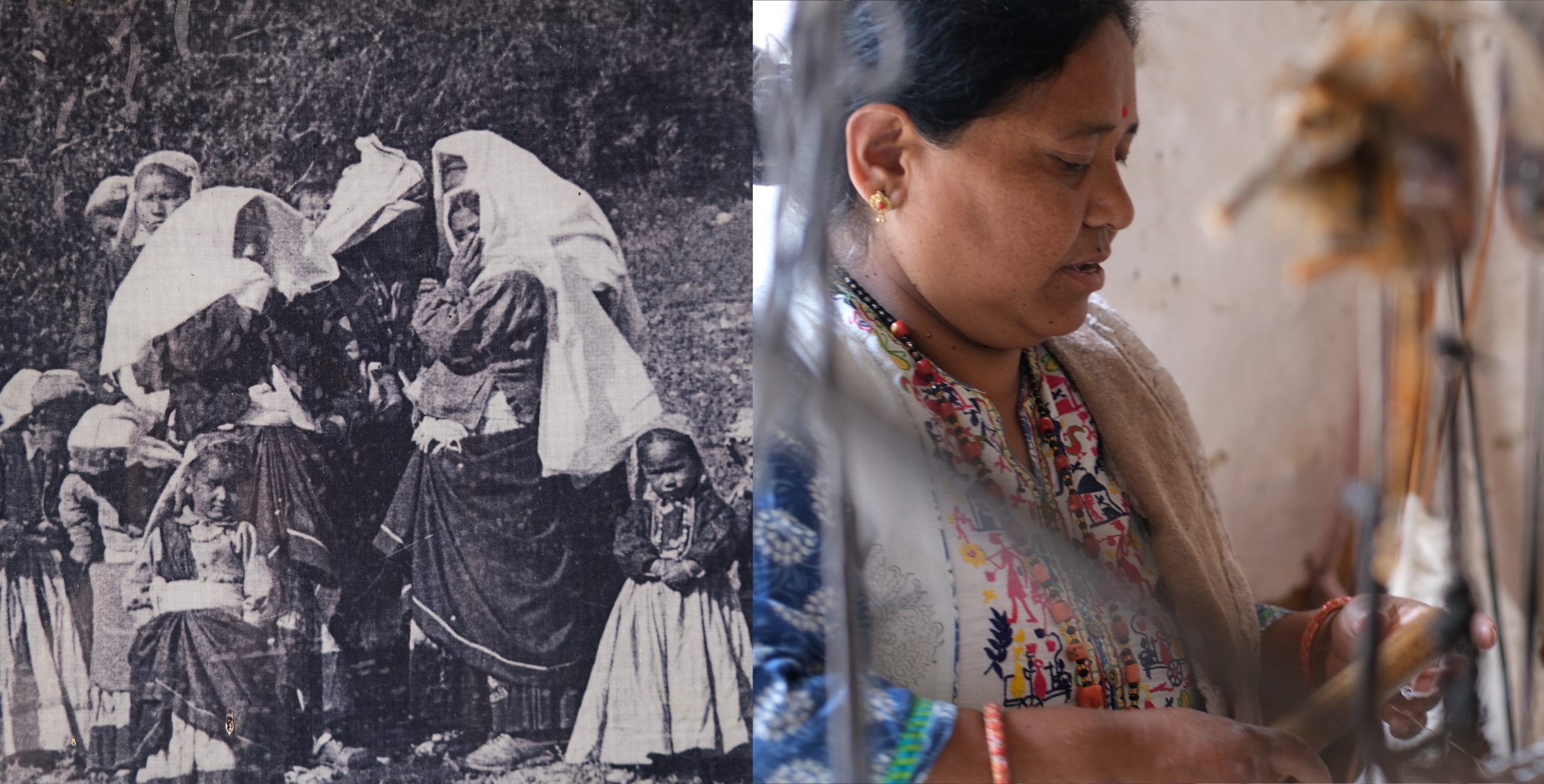
Shikha Tripathi, August
In Uttarakhand, a changing climate is transforming the way of life of the Bhutia community – a group of people who migrated south from Tibet around the 9th century AD, settling in the mountain ranges along the Indo-Tibet border. Some now spend the winter in the foothill town of Munsyari, but every year at the beginning of May they return to their native land. This annual migration offers the Bhutia a way to hold on to their farmlands, slowly dilapidating ancestral homes and a sense of belonging.
This already gruelling journey is becoming harder and more unpredictable due to the impacts of climate change. Unseasonal heavy rains have created additional challenges, while the shrinking of glaciers and drying up of streams have made farming and daily life in the Bhutia’s high-altitude villages increasingly difficult.
In the face of these changes, many aspects of traditional Bhutia culture are disappearing, ranging from food habits to clothing, and from livelihoods to daily routines. Some of the objects capturing this history are finding their way into the Tribal Heritage Museum in Munsyari, where they are preserved for future generations.
Read the full story here.
Traditional embroidery evolves with changing climate and tastes in Bengal

Nazmun Naher Shishir, November
For some communities, culture and livelihoods are inextricably linked. Through nakshi kantha – a traditional form of hand embroidery originally using old saris – women in Bangladesh have been stitching their feelings of loss, longing and desire for 500 years. In recent years, the traditional handicraft has started to offer many women financial independence. But the embroidery in modern nakshi kantha also reflects the impacts of climate change: homes, land and cattle lost to changing rivers, and the pain of displacement due to floods.
More frequent and destructive floods are separating many people in Bangladesh from their cultural heritage, as they are left with no choice but to flee their riverside homes. In the chaos, many leave their heirlooms behind. Meanwhile, growing demand for nakshi kantha over the past 40 years has paved the way for its commercialisation, leading to fears over how the art form will be affected.
Read the full story here.
